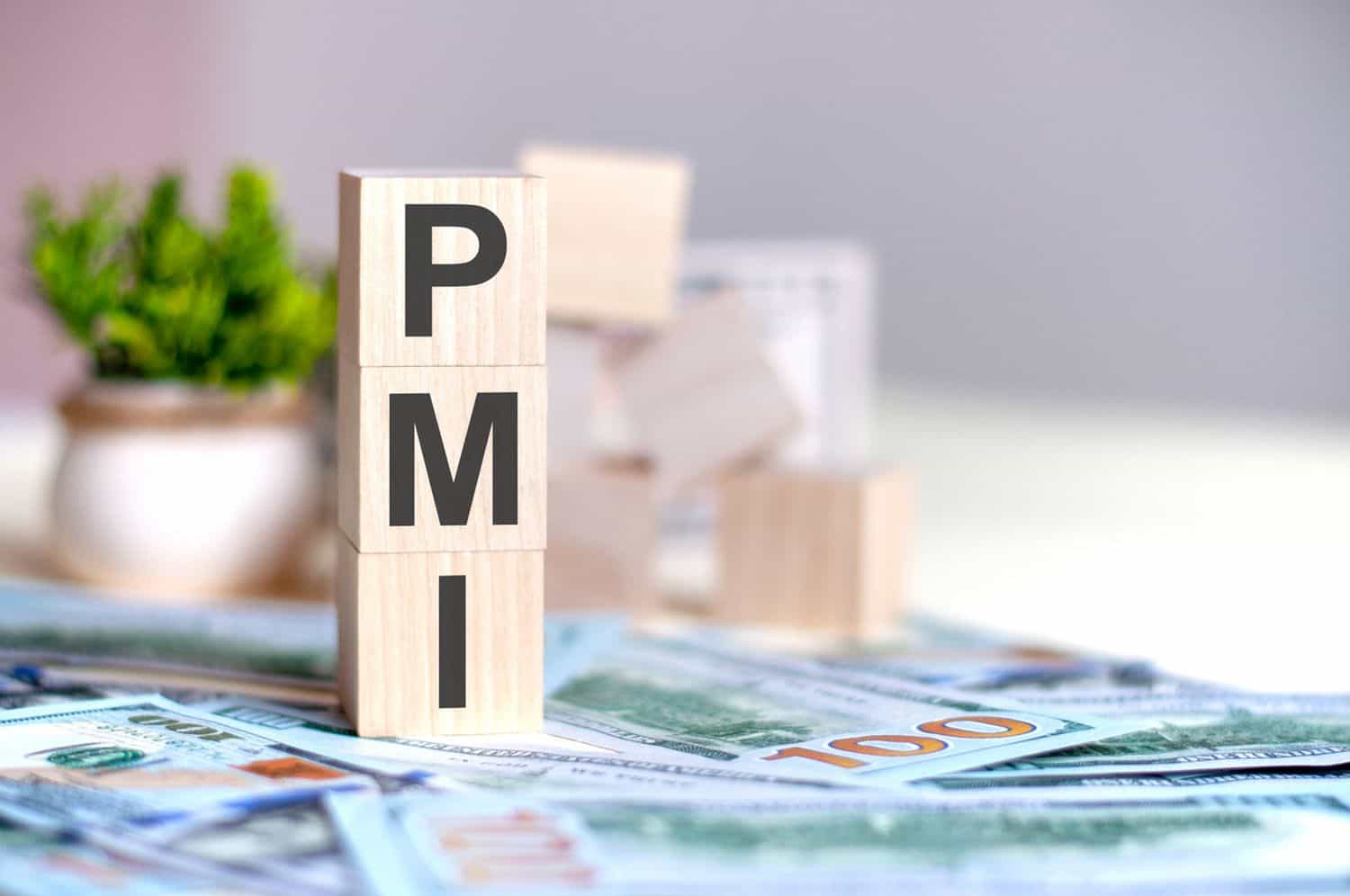A score above 50 indicates the sector is growing, while a score below 50 means it is shrinking.

Manufacturing PMI in July 2025 has reached above the 50 point mark and recorded an expansion for the first time in nine months.
The Absa Purchasing Managers’ Index (PMI) is an economic activity index based on a survey conducted by the Bureau for Economic Research (BER) and sponsored by Absa. It measures the health of South Africa’s manufacturing sector.
For July 2025, the seasonally adjusted PMI increased by 2.3 points to 50.8. The increase is attributed to a strong recovery in demand.
ALSO READ: Absa PMI increases but in contractionary territory for eighth consecutive month
First in nine months
Absa said the last time the headline PMI was in the above-50 expansionary territory was in October 2024 at 52.6 points.
PMI is based on feedback from purchasing managers about business like new orders, production levels, employment, supplier deliveries and inventories. A score above 50 indicates the sector is growing, while a score below 50 means it is shrinking.
The index matters because it is used as an early warning system for the economy. Manufacturing drives growth, as the sector is linked directly to exports, employment and demand for raw materials.
Drivers of the good news
“New sales orders rose by 9.7 points to 55.9 in July, recording a third consecutive month of improvement and signalling a much stronger recovery in demand at the start of the third quarter,” read the Index.
BER said export sales also showed a significant increase, but at a low level, signalling that manufacturers remain cautious amid regulations and ongoing trade negotiations.
The improvement in demand fostered an uptick in production, seeing the business activity index tick up 5.2 points to 47.1 points in July – still coming in below the neutral-50 mark for the ninth consecutive month.
ALSO READ: Act now to absorb impact of Trump tariffs on SA vehicle manufacturing sector – BLSA
Recovery in demand
The index shows that the supplier deliveries increased by 1.4 points to 56.4 in July on the back of the strong uptick in new orders, which typically leads to longer delivery times and some delays.
“Despite the strong recovery in demand, which filtered through into an uptick in production, the employment index declined by 6 points in July, reaching 43.7, reversing the gains made in June and returning to levels seen earlier in the year.
“The weak employment level may be due to the slow recovery in activity, which, despite ticking up, remains in contractionary territory, signalling that manufacturers may wait to see a stronger recovery in demand before increasing employment.”
Growing cost pressures
BER added that the purchasing price index increased by 1.2 points in July, signalling growing cost pressures as the cost of some input materials increased.
“Crude oil prices increased fuel prices in the country, with petrol and diesel prices rising by 52 to 84 cents a litre, depending on the grade. The positive news is that, despite the uptick in the index, the current levels remain the second-lowest in over eight years.”
The index tracking expected business conditions in six months’ time declined from 62.5 points in June to 56.4 in July.
“Although still above the 50-neutral level, the direction of the index suggests that manufacturers are faced with an increasingly volatile and challenging trading environment on both the global and domestic front.”
Outlook
“The uptick in the headline PMI signals a positive start to the third quarter, which has thus far been dominated by US tariff uncertainty. Indeed, the index tracking expected business conditions in six months fell to 56.4 from 62.5 in June.
“Although still above the neutral level, the directional change points to hesitancy by manufacturers, which will be particularly hard hit if South Africa’s current ‘reciprocal’ tariff of 30% remains in place. It is conceivable that demand for manufactured goods could drop in August,” said Jee-A van der Linde, senior economist at BER.
“We maintain our below-consensus 2025 real GDP growth forecast of 0.8% as the disruptive impact of US tariffs will continue to undermine domestic economic activity in H2 2025.”
NOW READ: Sectors showing growth in job opportunities in SA






